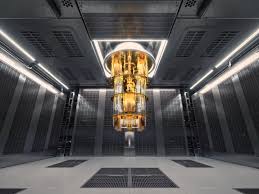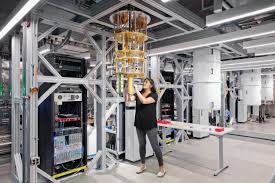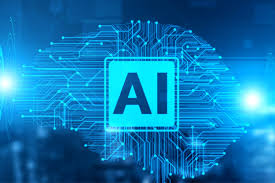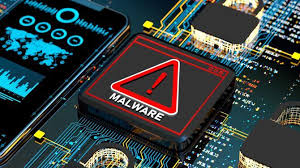The Great Migration: Why Switching to Quantum-Resistant Encryption is a Herculean Task
Editor
Jun 21, 2025
min read
3 views

With the first post-quantum cryptography (PQC) standards now finalized by NIST, the theoretical part of the solution to the quantum threat is in place. However, the practical part—deploying this new armor across the entire global digital infrastructure—is a Herculean task fraught with immense technical, logistical, and financial challenges. Cybersecurity experts warn that this migration will be one of the most complex and far-reaching technological transitions in history, and most organizations are alarmingly unprepared.
The first and perhaps most significant hurdle is 'cryptographic discovery.' Modern enterprises are vast, complex webs of technology built up over decades. Vulnerable public-key algorithms are not just in obvious places like web servers; they are embedded deep within application code, hardware firmware, IoT devices, network protocols, legacy systems, and cloud services. Before a single algorithm can be upgraded, an organization must first find every single instance of it. This requires sophisticated automated tools to conduct a thorough inventory, a process that can be incredibly difficult and time-consuming.
"You can't protect what you don't know you have," states Maria Chen, a partner at a global cybersecurity consulting firm. "Many Chief Information Security Officers (CISOs) are discovering that their cryptographic footprint is far larger and more fragmented than they ever imagined. Finding every key, every certificate, and every library using RSA is a monumental challenge."
Once the vulnerable components are identified, the next challenge is achieving 'crypto-agility.' This is the ability of a system to switch out its cryptographic algorithms easily, without requiring a complete redesign. Unfortunately, many older systems were built with specific cryptographic protocols hard-coded into their core logic. Updating these legacy systems can be prohibitively expensive or, in some cases, impossible without replacing the entire system. This is particularly acute in sectors with long-life hardware, such as critical infrastructure (power grids, water systems), industrial control systems, and healthcare (MRI machines, pacemakers).
The Internet of Things (IoT) presents a particularly thorny problem. Billions of low-power, resource-constrained devices—from smart home sensors to industrial monitors—use lightweight cryptography that is often difficult to update over the air. Many of these devices were designed with a 'set it and forget it' philosophy and lack the memory or processing power to handle the more demanding computations and larger key sizes of some PQC algorithms. Replacing these billions of deployed devices is not a feasible option, creating a massive and persistent attack surface.
Performance is another key consideration. While algorithms like CRYSTALS-Kyber and Dilithium are remarkably efficient, they still have different performance characteristics than RSA and ECC. The increased size of public keys and digital signatures in PQC standards will impact network latency and storage requirements. Applications that are highly sensitive to latency, such as high-frequency trading or real-time communications, will require careful testing and optimization to ensure a smooth transition.
Finally, there is the human element. A recent poll by ISACA, a global cybersecurity professional association, revealed a significant skills gap. Only a small fraction of IT and cybersecurity professionals report having a strong understanding of PQC standards. Organizations must invest heavily in training their teams to manage this complex migration, from developers who need to implement new cryptographic libraries to IT staff who must deploy and manage new security protocols.
Recognizing these challenges, government agencies like the UK's NCSC have laid out multi-year roadmaps, urging organizations to start planning now, execute high-priority upgrades by the late 2020s, and complete the full migration by 2035. The transition will likely involve a 'hybrid' approach for many years, where both classical and quantum-resistant algorithms are used in tandem to ensure backward compatibility. It's a slow, painstaking, and expensive process, but it's a necessary one to avoid a future where our digital infrastructure is defenseless against the power of quantum hacking.
Editor
League Manager Editorial Team






Leave a Comment